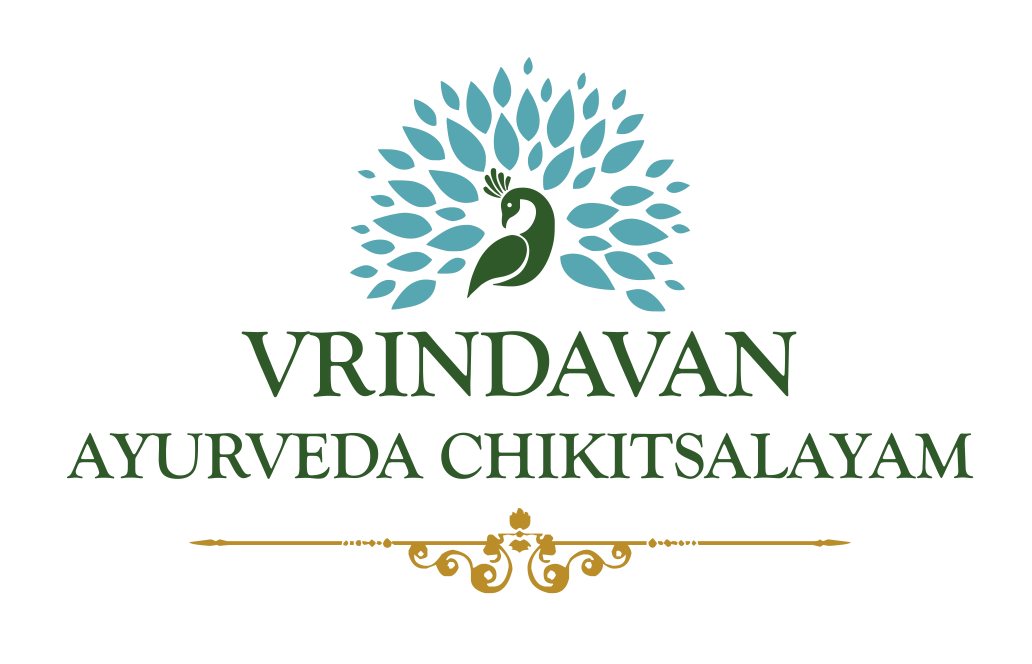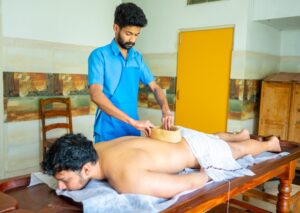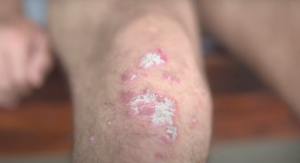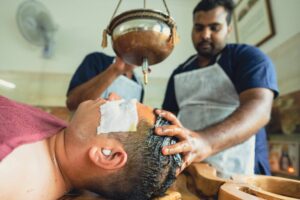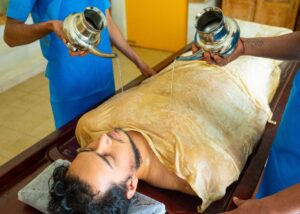Panchakarma is one of the prominent Ayurvedic tools that play an incredible role in a multi-dimensional approach towards health. Panchakarma becomes a mandatory choice for the body to get rid of wastes that have accumulated and lodged in various systems including the circulatory, nervous, and digestive systems. Once this detoxification therapy is complete, the body can resume its natural functioning without interference.
Panchkarma employs a 5-step approach to detoxify the body by eliminating the vitiated Doshas from the body. The Panchakarma procedure contains three steps:
- Purva Karma – Pre-Procedure
- Pradhan Karma – Actual Procedure
- Paschat Karma – Post Procedure
1-Purva karma
Preparations which have to be done before the detoxification.
- Deepana and Pachana
- Snehana
- Swedan
Deepana & Pachana (Enhancing the Digestive fire): These steps are adopted to cleanse the channels so that the toxins are detached and eliminated easily during the main detoxifying process.
Snehana (Oleation therapy): After Deepena & Pachana whole body is oleated with Snehapana (oral) and Abhyanga (massage) with medicated oil or ghee which disintegrates the accumulation of vitiated Doshas (toxins or waste).
Swedana (Hot fomentation): Swedana is the process of inducing sweat with the help of steam, made from medicated herbal decoctions. It is to dilate the channels of the body to detach the vitiated Doshas (toxins or waste) from the tissues.
2- Pradhanakarma-
The main detoxifying process:
- Vamana (therapeutic emesis)
- Virechana (therapeutic purgation)
- Basti (Decoction enema)
- Nasya (Instillation of medicine through nostrils)
- Raktamokshan (bloodletting)
Vamana karma (therapeutic emesis): The process of expelling vitiated Doshas (toxins or waste) through the mouth by Vomit-inducing herbs is called Vamana karma. It is mainly indicated in vitiated Kapha and Kapha-Pitta Dosha disorders.
Virechana Karma (Therapeutic purgation): The process of expelling vitiated doshas (toxins or waste) through the rectum by purgative herb is called Virechana karma. The Virechana karma is indicated in cleansing the body from excess Pitta-Kapha accumulation
Basti (Medicated enema): In Basti, medicated oil or herbal decoction is administered through the anal route. It is the best treatment modality for all types of Vata Dosha disorders.
Nasya (Instillation of medicine through nostrils): The administration of medications via the nasal passages is called Nasya. The nasal cavity is the door to consciousness and the gateway to our brain. Medicated oil, ghee, or smoke that is administered via the nasal passages affects the mind.
Raktamokshan (bloodletting): It is the procedure of expelling out the vitiated blood from the body to reduce the quantity of toxic substances. The bloodletting procedure is a kind of para surgery used especially for the treatment of Raktadusti (blood-borne disorders) and Pitta Dosha diseases.
3- Pashchat karma–
After the detoxification process, one should follow the changes in diet and lifestyle as indicated.
Vaidyaratnam, Vrindavan Ayurveda Chikitsalayam: Ayurveda Hospital Near Chandigarh
At Vaidyaratnam, Vrindavan Ayurveda Chikitsalayam, one of the best Ayurveda hospitals near Chandigarh, we have a very systematic approach to Panchkarma. We plan a customized Panchakarma treatment for each specific to their Prakriti (Body Type) and illness under a physician specialized in Panchakarma therapy.
The hospital is surrounded by lush greenery and helps you experience a moment of silence- that elevates you to a balanced and sublime state of mind.
The green stretch and beautiful rooms of the hospital adopt traditional architecture with Gaushala and temples combining a touch of heritage with nature.
